5 Surprising Reasons Why Some New Launch Condos Sell Better Than Others
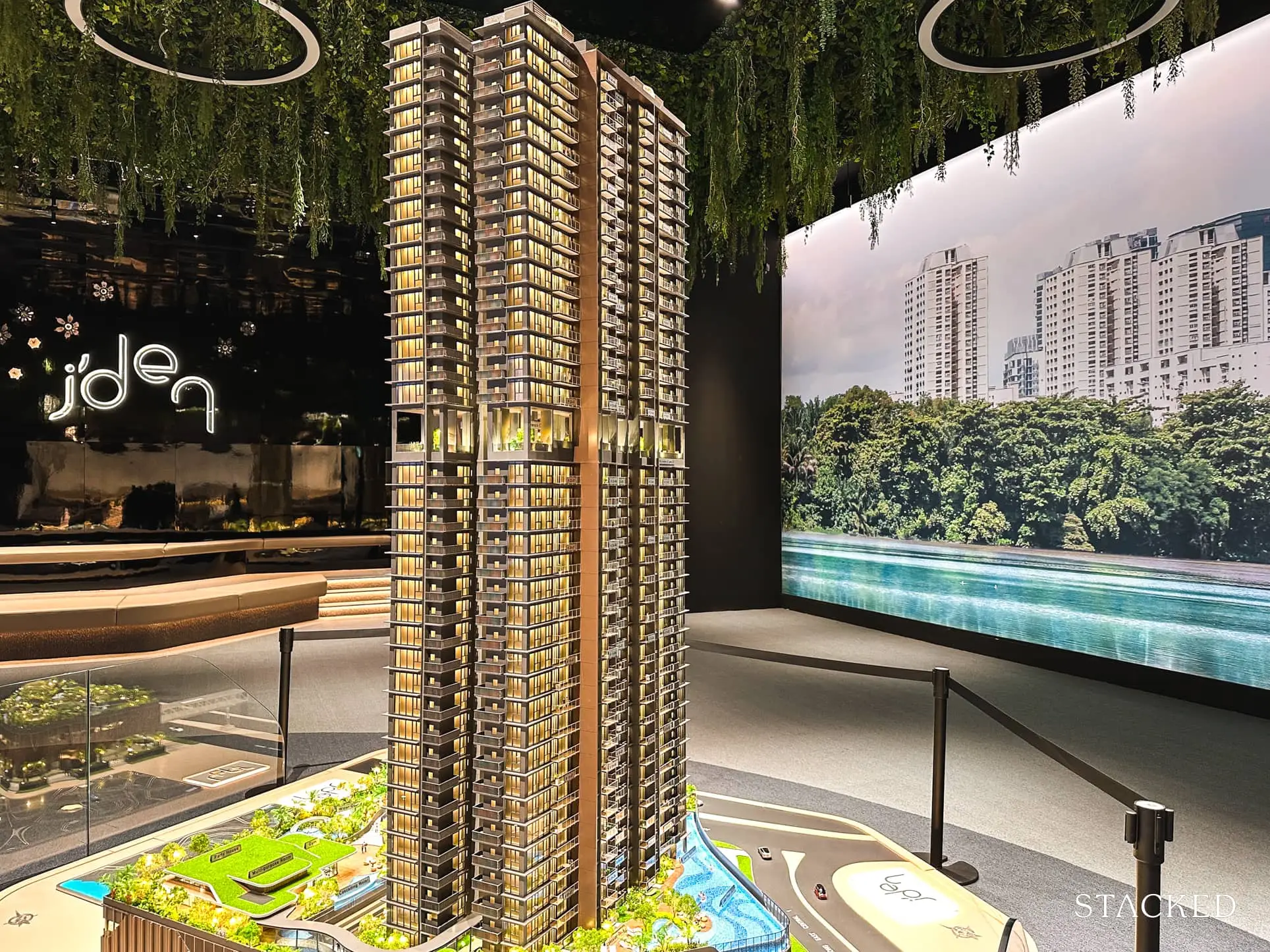
Get The Property Insights Serious Buyers Read First: Join 50,000+ readers who rely on our weekly breakdowns of Singapore’s property market.
A seasoned content strategist with over 17 years in the real estate and financial journalism sectors, Ryan has built a reputation for transforming complex industry jargon into accessible knowledge. With a track record of writing and editing for leading financial platforms and publications, Ryan's expertise has been recognised across various media outlets. His role as a former content editor for 99.co and a co-host for CNA 938's Open House programme underscores his commitment to providing valuable insights into the property market.
In a real estate market where HDB upgraders and first-time buyers are grappling with affordability issues, it’s interesting to witness certain new launch condos defy the odds and still achieve good sales figures. While factors like price point and buyer sentiment are often cited as crucial determinants of success, there are lesser-known aspects at play that can significantly impact a condo’s sales performance.
So what is it about these new launches that have bucked the recent trend of launches in 2023 (remember, there are several slower-moving ones like The Continuum and Pine Tree Hill)? Here are some lesser-known reasons why certain new launch condos can succeed even in a slower market.
1. Few or no nearby alternatives to the new launch
Some might point out that J’den had competition, in the form of Lake Garden Residences (launched in August of this year). But despite the proximity, there’s no real overlap between the two.

Lake Garden Residences is deliberately distanced from the busier, noisier areas, and capitalises on proximity to the Jurong Lake District parks (hence the project name). J’den isn’t just close to major malls and the MRT station, it is itself a mall and was redeveloped from a former shopping centre (J’cube).
For buyers who considered resale, there were only two alternatives in the same general location: Ivory Heights, which is much older (built in 1993) and has no commercial component, and J Gateway, which was completed in 2016. J Gateway is the closest point of comparison, but one older condo isn’t much competition.
Conversely, on the east end of Singapore, new launches like Tembusu Grand, The Continuum, and Grand Dunman saw more modest responses; Continuum moved only around 23 per cent of units at launch, and the other two condos moved just over half their units (which was a pretty good number at that time). At least part of the reason is all three projects launching within such a narrow window, and all within the same general location.
This happened as well in the Holland area, where there was a spate of 7 new launches all launched around the same time. Unlike other areas in Singapore where the new launches were fast-moving during the same period, the ample supply here meant that some of the developments had to drop their price to move units (although it must be said, these are all almost sold out at this point in 2024).
2. Unit mix and the related quantum
In general, the smallest units in a condo (the one-bedders) are the lowest-hanging fruit. These are the first to sell out, as even at today’s average of $2,100 psf, a 500 sq. ft. shoebox unit is barely above $1 million. These units are often targeted as the second property for “sell one, buy two” investors, and they may even be purchased as first homes by more affluent singles.
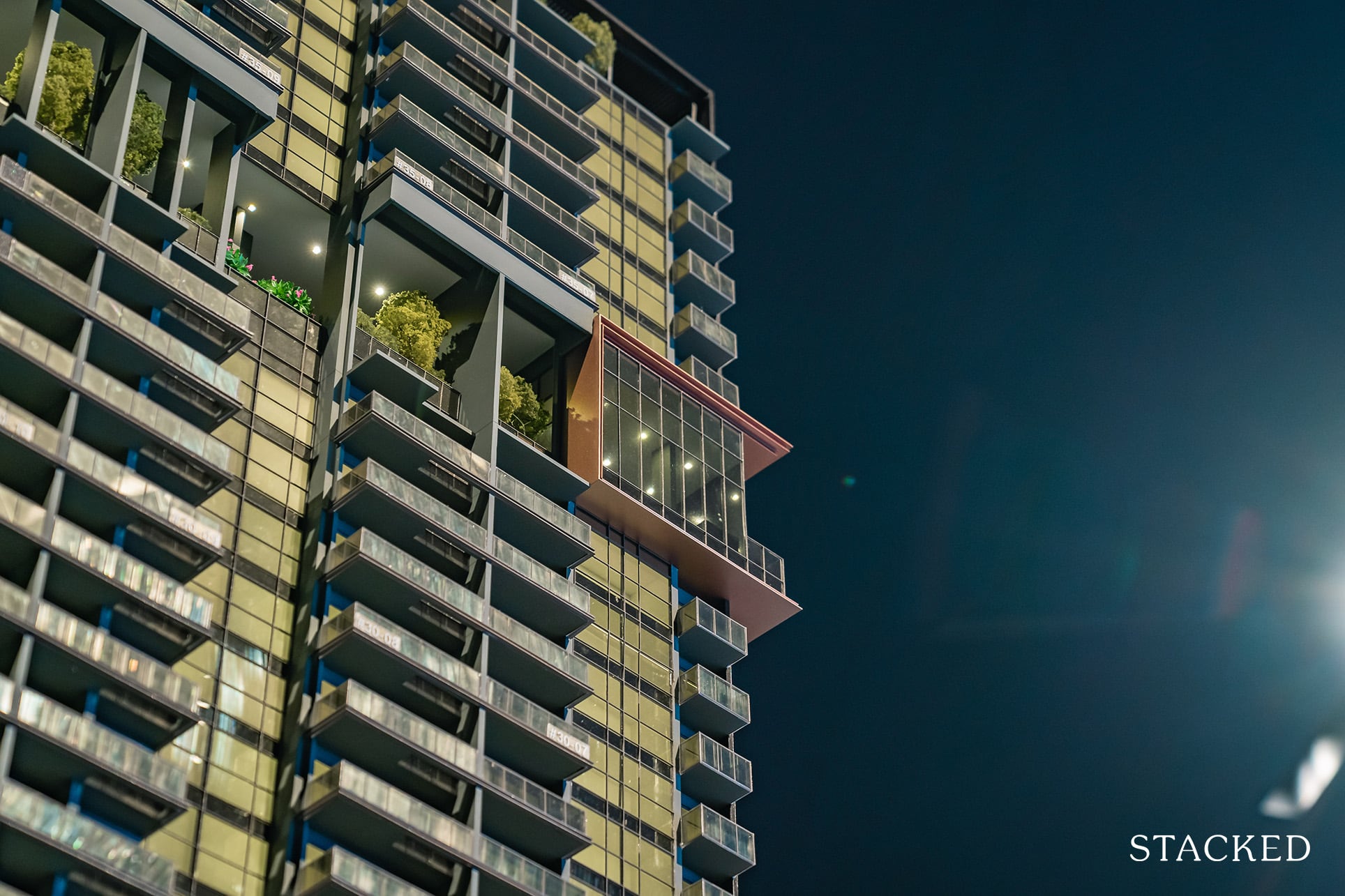
The most expensive units on the other hand – typically the largest five-bedders or penthouse units located on the higher floors – are among the last to sell out. With this pattern in mind, you can see that condos with a higher percentage of small units tend to fare better on launch weekends.
Again going back to The Continuum (we keep using this example as it’s a slow-moving new launch, currently still at a take-up rate of about 33 per cent), we can see that only 68 of its 816 units are shoeboxes. The majority of units are three-bedders; these make up 224 of the available units, with an additional 72 units being 3+1 layouts. These range from 872 sq. ft. to 1,087 sq. ft., which combined with an average price of over $2,700 psf, makes the bulk of Continuum’s units harder to move.
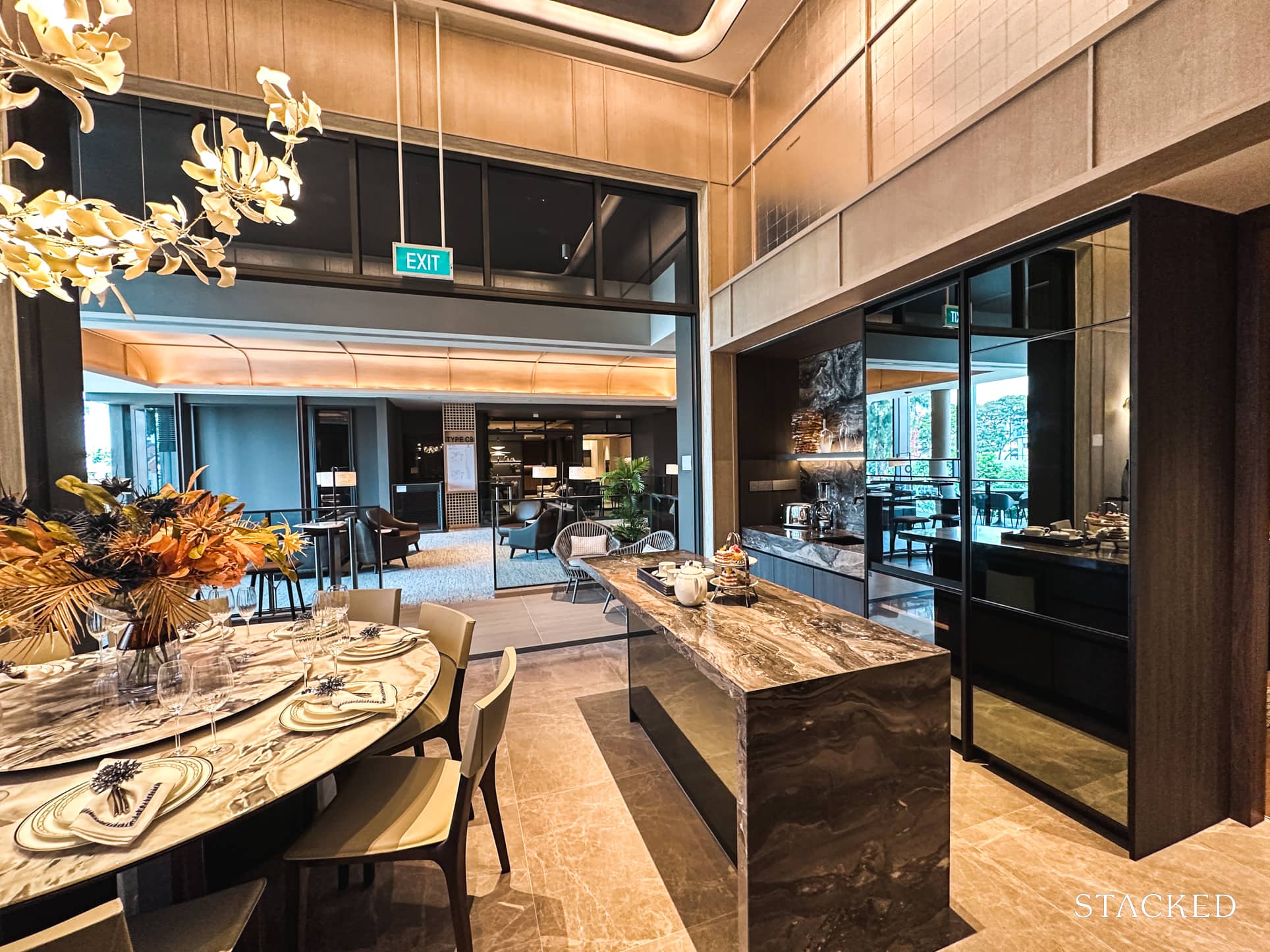
On the flip side, consider a launch back in February 2020, when people were still unmasked, and Covid was starting to pose a major threat to the economy. The M at Middle Road still managed to sell out 70 per cent of its units at launch, at prices of $2,450 psf (a hefty price tag by 2020 standards.)
The reason can be found in its unit mix. 144 of its 522 units were variations of one-bedder layouts, which were between 409 to 495 sq. ft. Another 144 units were two-bedders, ranging between 592 to 667 sq. ft. Over half the units in The M are smaller one and two-bedders, with a low quantum that made them easy to move at launch.
This is also evident in cases where the wrong unit mixes lead to slower sales, as observed at RoyalGreen. There, the four-bedroom units were the first to sell out, leaving behind smaller units that struggled to find buyers even after the project’s completion. This trend was further validated by the recent launch of Watten House (which is somewhat in the same area), which exclusively offered three-bedroom units and larger. Despite the timing of its launch, Watten House performed well, underscoring the demand for bigger units in the area.
3. Aggressive pricing in the earliest sales phases
Major discounts are hard to find, as they’re seldom publicised and tend to be quite temporary (e.g., only during a short VVIP phase). But some developers lean heavily into a loss-leader strategy, if for no reason than to have good launch weekend numbers.
Some promotions we’ve seen include “all floor same price” promos, whereas a 20th-floor unit may cost the same as a 10th-floor one; or developers temporarily removing the premium on stacks with better facing, private lifts, etc.
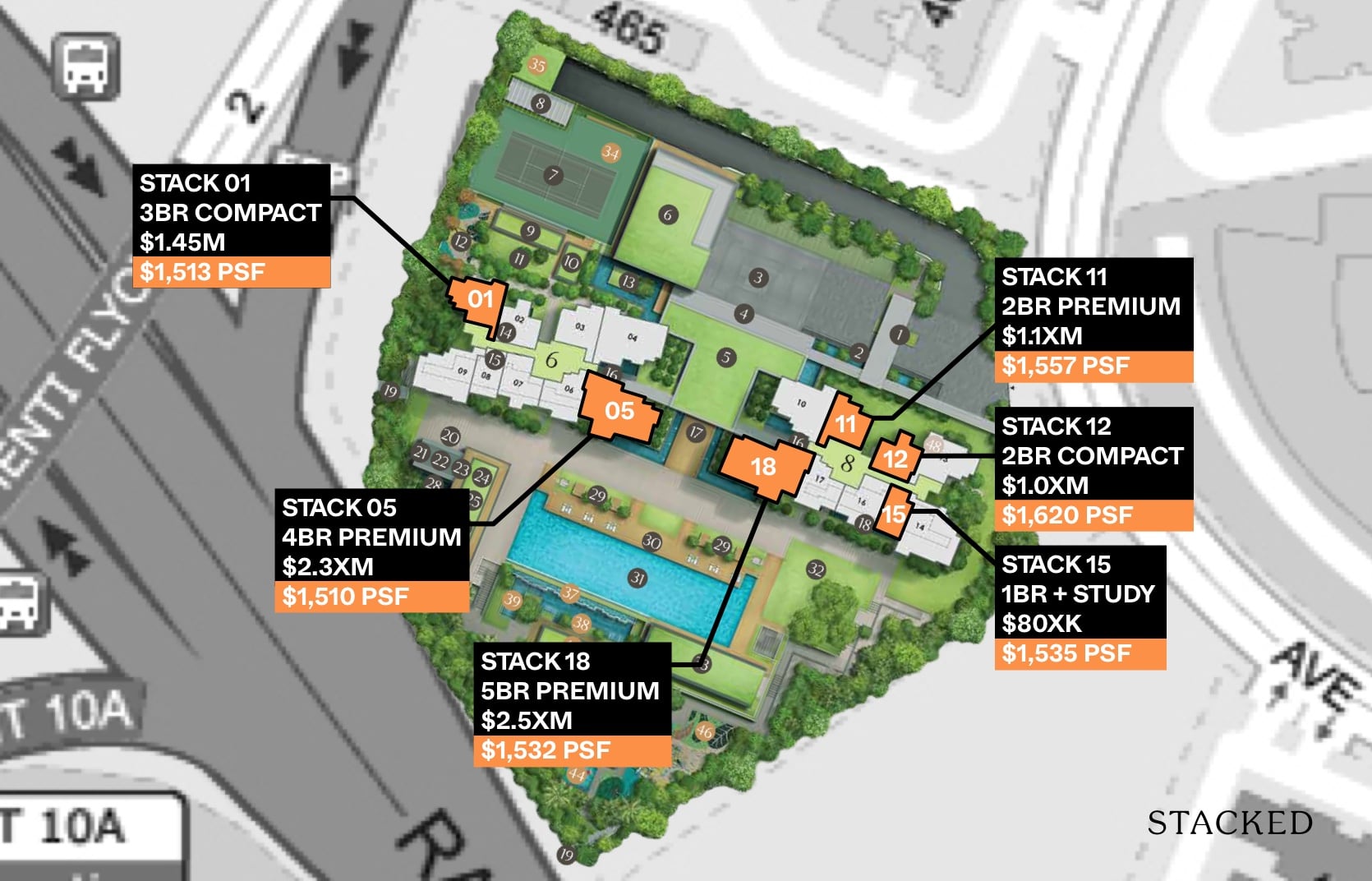
This sort of discount tends to draw home-flippers with a high-risk appetite; some are looking to buy cheap, and then resell in as little as four years when they’re out of the Sellers Stamp Duty (SSD) period.
This isn’t without risks though, as there’s no guarantee the developer won’t drop prices later; you can read up on the overall strategy here. But there’s no denying that news of a bargain spreads fast, and tends to induce buyers to quickly drop a cheque while it’s “cheap.”
This can create a distorting image of success, as the launch reports may not tell you it was due to temporary price cuts for higher floors, or short-lived discounts to move the more awkward layouts.
4. Sheer pent-up demand within the area
If an area hasn’t seen new launches for a long time, demand is often described as pent-up. Those who want or need to live in that area have been short on options for years, and will often grab at the first unit to come along.
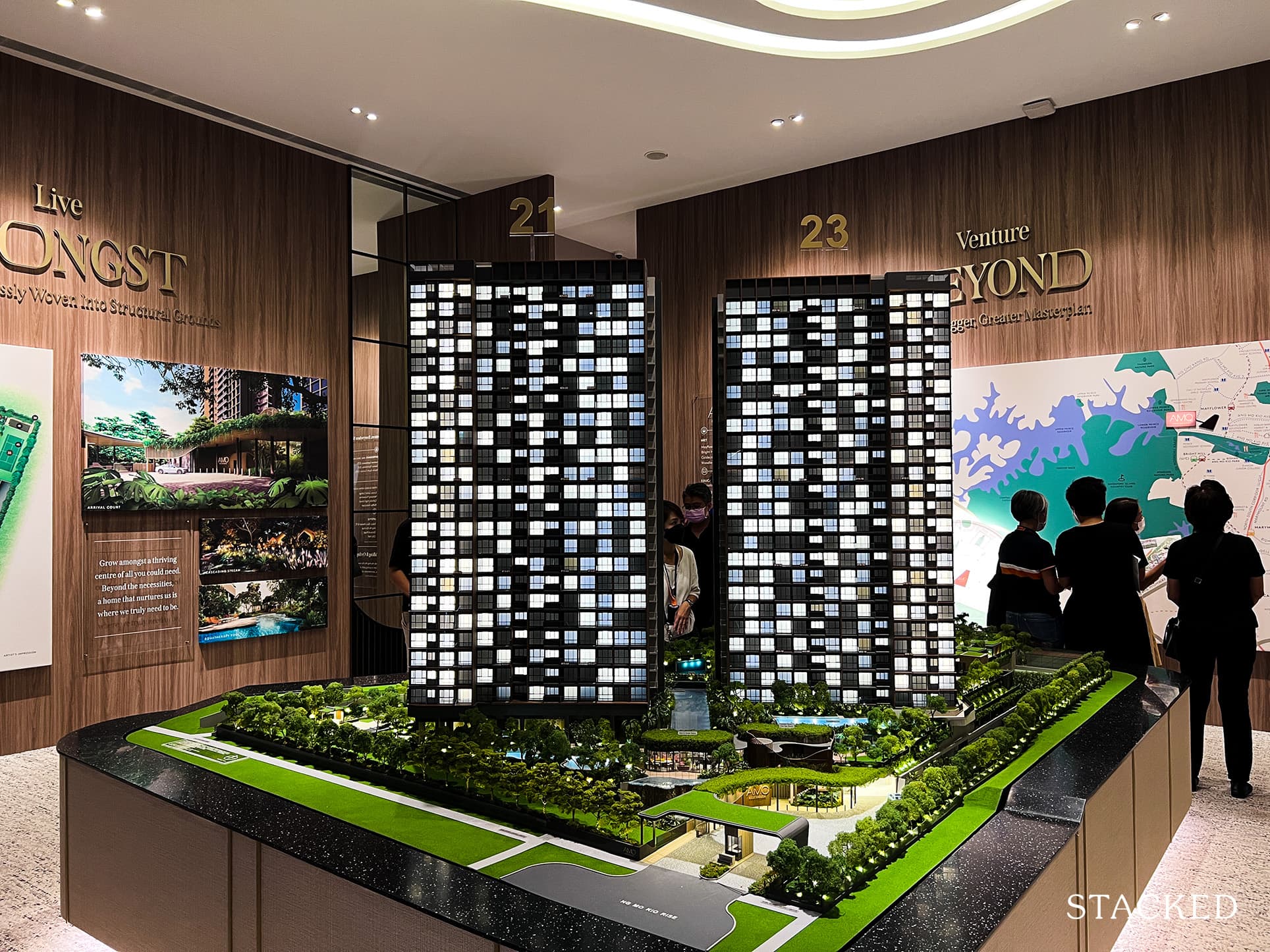
Amo Residence, which practically sold out at launch (98 per cent at launch), was a rather dramatic example of this. At that time, it was the first launch since 2014. So when Amo Residence launched in July 2022, it was snapped up at a record pace.
However, it’s important to remember that these factors, like others on this list, don’t always guarantee success. Take the example of Pinetree Hill at Pine Grove, the first major launch in the neighbourhood in 14 years. Despite that, sales have been slow since its launch. It’s crucial to note, though, that slow sales don’t immediately discredit a project’s potential. The lacklustre performance could be attributed to a range of other reasons, indicating the complexity of such real estate dynamics.
5. How close the launch is to cooling measures
What developers dread most is cooling measures landing close to their property launches. Whenever we have ABSD rate hikes, new loan curbs, etc., the market tends to have a knee-jerk reaction and go into “wait-and-see” mode. In essence, buyers want to pull back and see whether prices drop, and so commit to buying later.
Most recently, CDL postponed the preview of Newport Residences, on the back of recent cooling measures. This was because the 60 per cent ABSD imposed on foreigners could shrink the pool of prospective buyers (affluent foreigners are a notable buyer demographic for the luxury segment.)
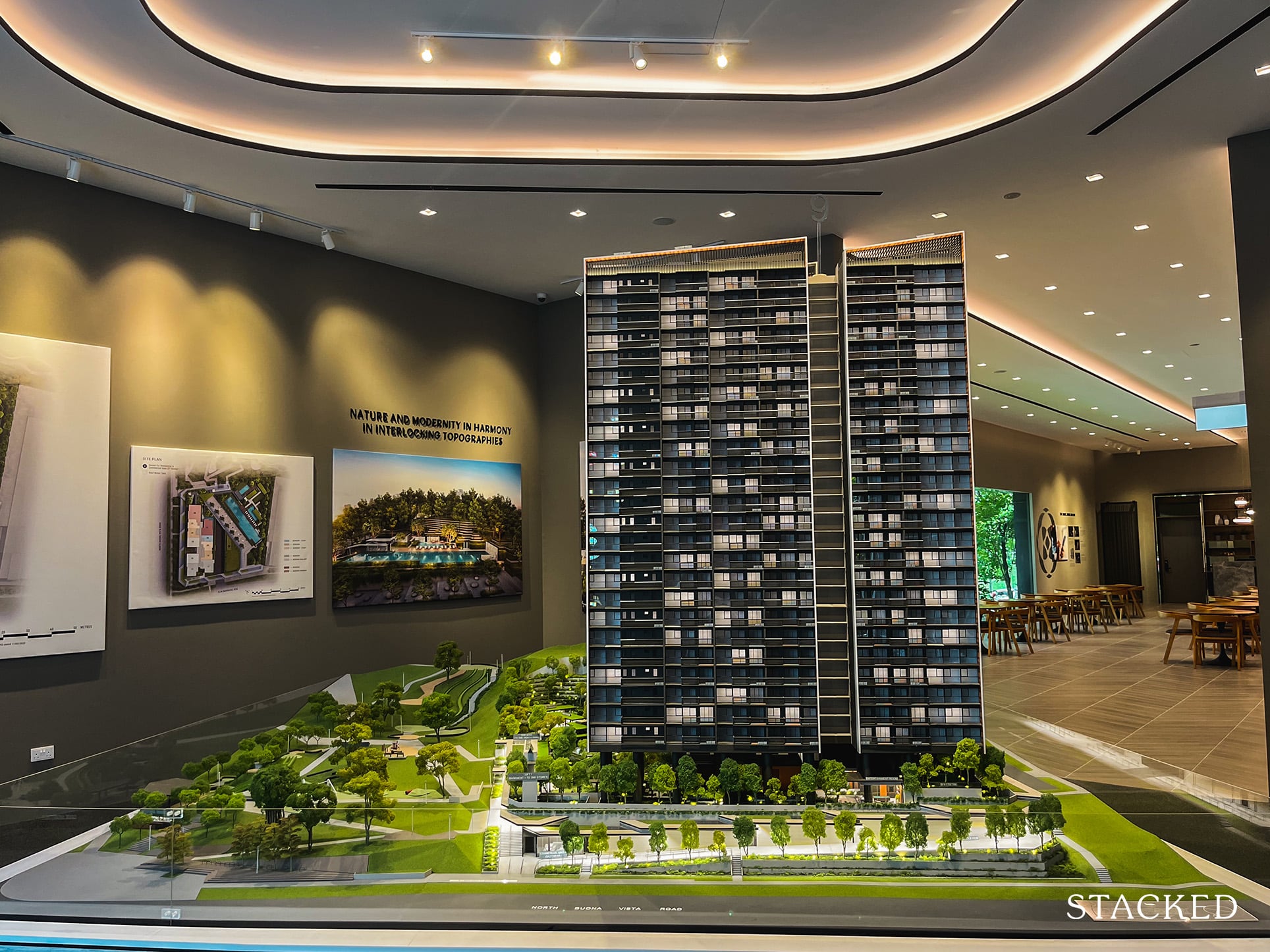
Ironically, it’s easier to find news reports of condos that have done well launching near cooling measures, than to find those which fared poorly. This is essentially a flex by the developer, suggesting the project is so good, buyers aren’t even fazed by higher ABSD, more loan curbs, or other related issues. As such, developers are more likely to seek publicity for these situations, but to be much quieter regarding postponed launches or low sales.
In relation to this, we’ve also found many condos that saw poor sales because they launched close to new cooling measures; but have subsequently done quite well. So a weak launch doesn’t mean a condo is bad, it might just mean the developer had terrible luck with timing.
For more news and trends in the Singapore private property market, as well as in-depth property reviews, follow us on Stacked. If you’d like to get in touch for a more in-depth consultation, you can do so here.
Ryan J. Ong
A seasoned content strategist with over 17 years in the real estate and financial journalism sectors, Ryan has built a reputation for transforming complex industry jargon into accessible knowledge. With a track record of writing and editing for leading financial platforms and publications, Ryan's expertise has been recognised across various media outlets. His role as a former content editor for 99.co and a co-host for CNA 938's Open House programme underscores his commitment to providing valuable insights into the property market.Read next from Editor's Pick

Property Advice Should We Buy An Old 99-Year Leasehold Condo To Live In: Will It’s Value Fall When The Lease Runs Out?

New Launch Condo Analysis I Reviewed A New Launch 4-Bedroom Penthouse At Beauty World

Landed Home Tours Why Singaporean Families Are Looking At This Landed Enclave From Around $4M

Property Market Commentary A Wave Of New HDB Resale Supply Is Coming In 2026: Here’s Where To Find Them
Latest Posts

Property Market Commentary 2025 Year-End Review Of The Singapore Property Market: What The Numbers Reveal

Pro This 21-Year-Old Condo Didn’t Sell Out Initially, Yet Became A Top Performer

Property Market Commentary How The HDB Resale Market Performed In 2025, And What It Means For 2026 Prices

Property Market Commentary 4 Key Trends Reshaping Singapore’s New Launch Condo Market In 2026

Homeowner Stories What I Only Learned After My First Year Of Homeownership In Singapore

Singapore Property News Why More Land Doesn’t Automatically Fix Housing In Singapore

On The Market Here Are The Cheapest 4-Room HDB Flats in Central Singapore You Can Still Buy From $490K

Pro How A Once “Ulu” Condo Launched In 1997 Became A Top Performer

Property Market Commentary When Renting In Singapore Is The Smarter Move — And Buying Can Wait

Singapore Property News Lentor’s First Condo Is Complete — The Early Profits May Surprise You

Property Advice We Own A $800K 1-Bedder And A $1.1M 3-Bedder: Is It Possible To Upgrade To A 4-Bedder Condo?

On The Market These Are Some Of The Cheapest 5-Room HDB Flats Left In Central Singapore

Pro This 698-Unit Ang Mo Kio Condo Launched At The Wrong Time — And Still Outperformed Peers

Singapore Property News $281.2M in Singapore Shophouse Deals in 2H2025 — But That Number Doesn’t Tell the Full Story

Property Market Commentary 5 Key Features Buyers Should Expect in 2026 New Launch Condos


